
Can You Boil Oven Ready Lasagna Noodles?
Everything You Need To Know About Making Lasagna With Oven-Ready Pasta
- Nathan Heinrich
- Prosecco Hills, Veneto, Italy
The simple answer to the question “Can you boil oven ready lasagna noodles? “, is “Yes“.
But the next thing you should consider when making a classic lasagna dish, using rigid sheets of oven-ready pasta, is “Should you?” boil them.
I moved to Italy several years ago and learned directly from an Italian chef that there are a number of different techniques when using oven-ready lasagna sheets in lasagna or any other classic dish that requires any type of lasagna noodle.
Continue reading to learn the different ways to turn dry pasta sheets into a delicious Italian meal for a special occasion or a simple weeknight lasagna.

Oven-Ready Lasagna Noodles
Living in Italy for the past few years, I have learned how to cook like a real Italian.
One of the things I’ve learned is the cooking processes of both the dry pasta sheets available at your local supermarket and homemade lasagna noodles.
Yes, you can absolutely boil your lasagna noodles – even the oven-ready type.
I prefer to par-boil (partially boil) oven-ready dried noodles for lasagna for 3-5 minutes before they become “al dente”.
Al dente is an Italian term that literally means ‘to the tooth’. This is when any type of dried pasta is cooked just slightly underdone and finishes cooking in the saucepan with the pasta sauce.
However, when par-boiling oven-ready noodles for lasagna you will want to only cook them for a few short minutes.
Overcooked lasagna noodles will produce a lasagna with a gluey, mushy texture.
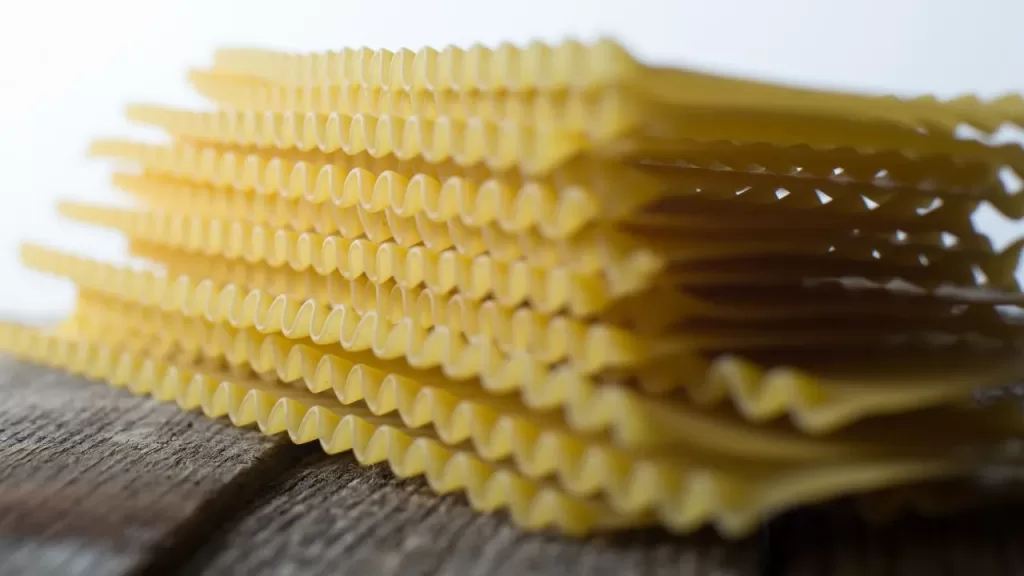
There are several purposes for lightly boiling dry oven-ready lasagna pasta before assembling a traditional layered-up lasagna.
First, very slightly boiled lasagna pasta is easier to work with.
Pre-cooked lasagna pieces are soft and malleable which makes building the layers of pasta sheets, meat sauce, bechamel sauce, mozzarella, and ricotta cheese a much easier process.
The reason for this is that rigid lasagna pasta is often not the correct size for the cooking dish you are using.
When you are forced to break hard pasta sheets into pieces, they often splinter into many small fragments, making a mess and causing waste.
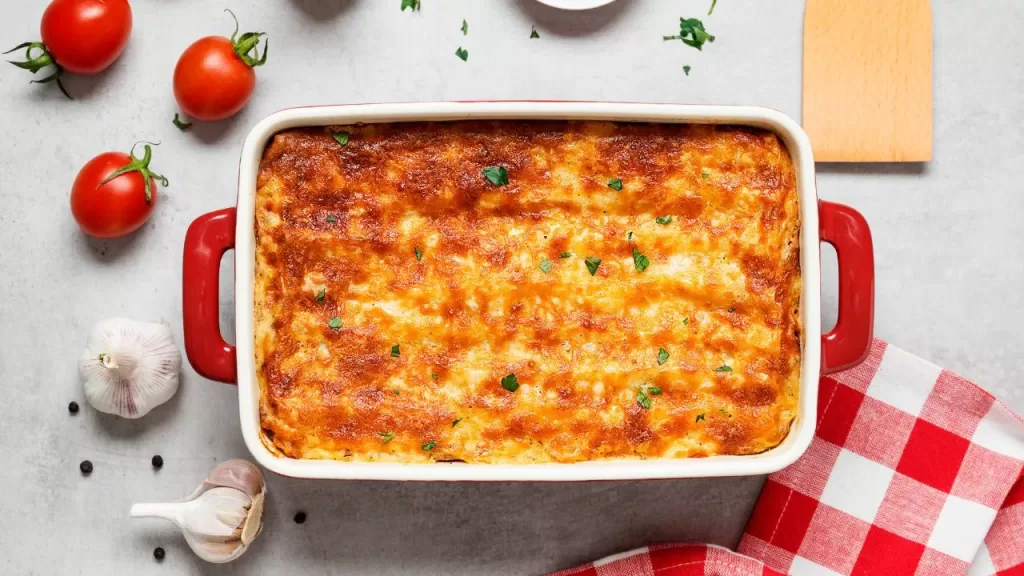
While par-boiled lasagna pasta, on the other hand, is easy to bend, cut and shape, making it a better option, in my humble opinion.
So, the takeaway is that not only can you boil oven-ready lasagna pasta, but you probably should for the best results.
Now, although this is the recommended method by the Italian chef who taught me how to make lasagna, it is not a requirement to pre-boil your pasta.
Next, we will look at the alternative method for time-starved cooks who simply aren’t able to take the time to pre-cook their pasta.

Cooking With Oven-Ready Lasagna Noodles
As their name suggests, “oven-ready lasagna pasta” is ready to go straight onto a lasagna dish with your sauces and cheese – no boiling water required.
It’s understandable that waiting for a large pot of water to boil and then carefully stirring the pasta making sure not to boil noodles too long is certainly an extra step that many wish to skip.
So, just as the packaging of oven-ready pasta tells you, this type of pasta can be used right out of the package, layered into a grid system, and baked in the oven for as long as the instructions suggest.
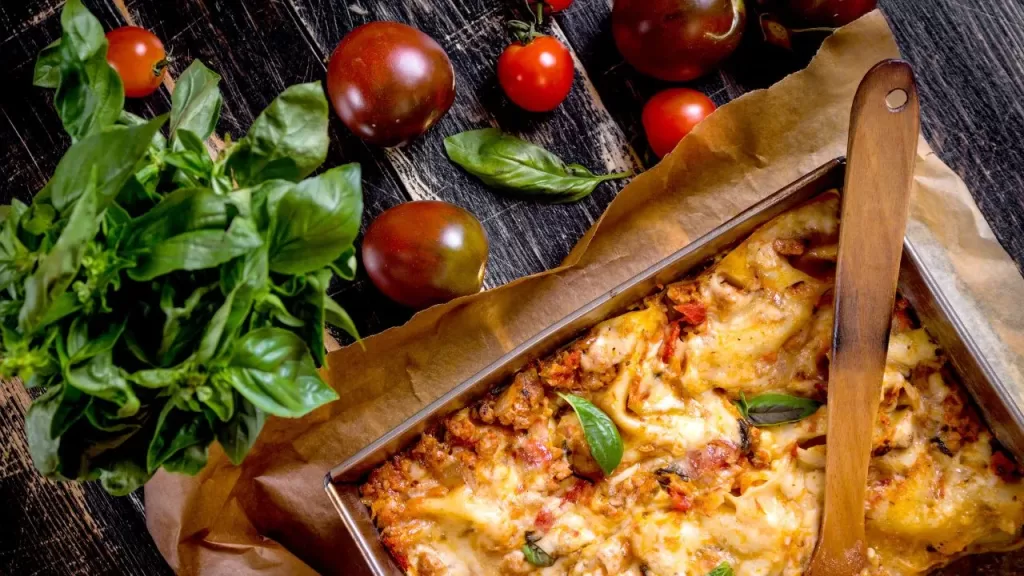
A good rule of thumb is to bake your lasagna for about 1 hour (45 minutes covered in aluminum foil followed by 15 minutes uncovered to crisp and brown the top layer).
These types of lasagna noodles are made with durum wheat and are specifically designed to be cooked without any sort of preparation.
Some people opt for adding a cup of water to the assembled lasagna before putting it into the oven.
The thought is that the extra moisture helps the lasagna to cook more evenly and when reheated the next day it is less dry.
Another reason that adding a cup of hot water is practiced by some home chefs is that it keeps the pasta from sticking to the bottom of the baking dish when baking.
Most of us agree that the top layer of lasagna should be crispy, but I have yet to meet anyone who thinks that the bottom layer should be dry and crusty.
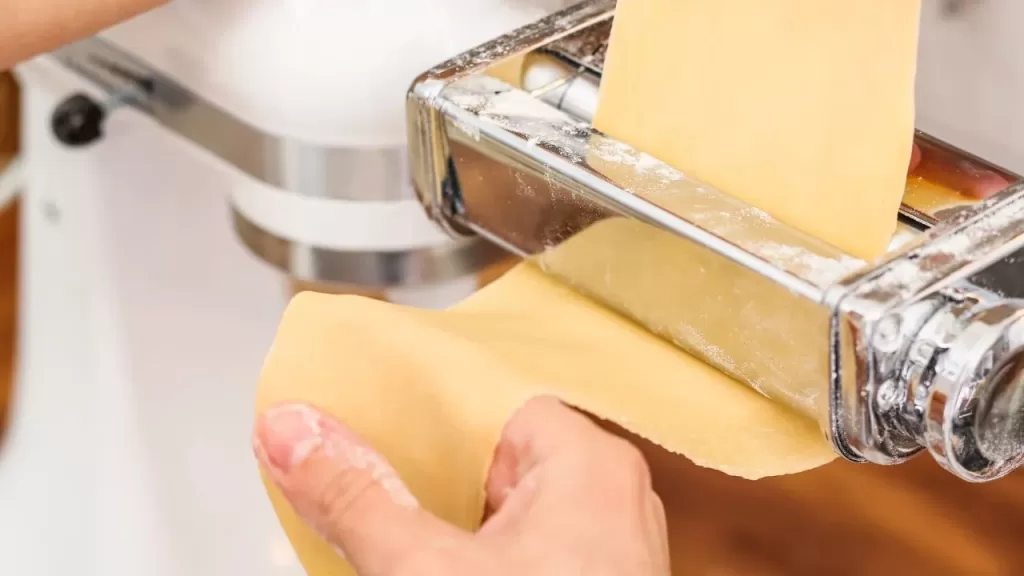
Homemade Lasagna Noodles
Another type of lasagna noodle you can use is homemade noodles.
This is the most authentic Italian option for lasagna.
However, it is also the most time-consuming method.
But like most things that take a long time, it is well worth the wait.
You do not need to boil noodles that are homemade because they are already very soft and they will only get softer and more fabulous the longer you cook them.
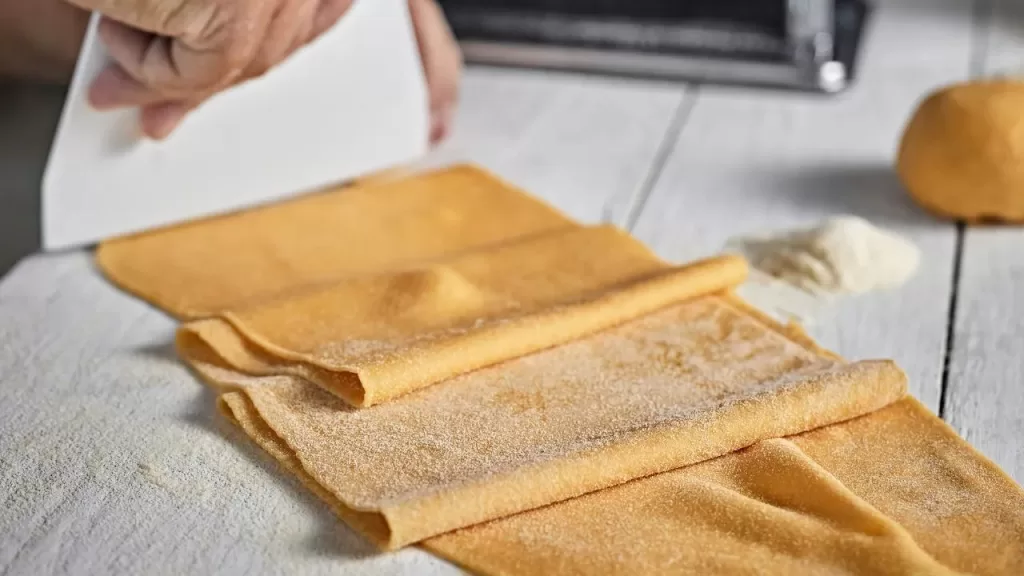
The preparation time, as well as the cooking times, are different when using homemade pasta pieces.
You will only need to cook homemade lasagna pasta in a traditional layered-up lasagna for between 35 and 40 minutes covered in foil.
Another good sign that your lasagna is ready is when it starts to really bubble.
Next, add more cheese to the top, if you like, and cook under the broiler (the top of the oven) for an additional 10 minutes making sure not to burn the lasagna.
Homemade lasagna pasta is one of the best lasagna versions and is certainly worth attempting to make at least once in your lifetime.

My Favorite Lasagna Recipe From Naples, Italy
This delicious Classic Lasagna from Naples is a bit different from the Bolognese recipe you are probably more familiar with.
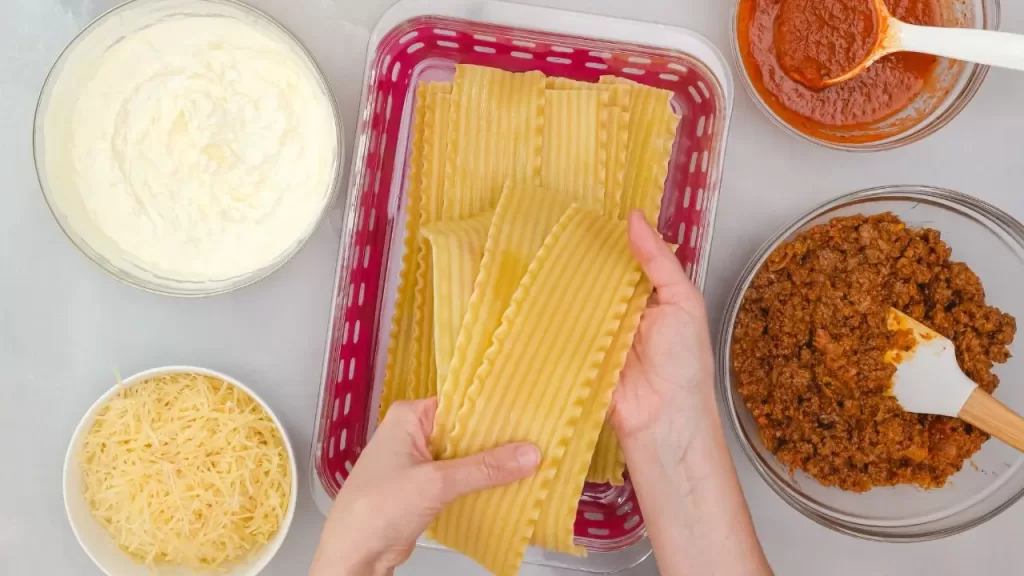
Classic Neapolitan Lasagna Recipe
Ingredients
- 8.8 oz (400 g) of sausage
- 100 ml of red wine
- 1 medium white onion
- 1.5 liters of tomato passata (you can also use fresh or canned pureed tomatoes from your garden if that’s what you have on hand – be sure to cook fresh tomatoes a bit longer)
- 4 tablespoons of extra virgin olive oil
- Salt to taste with sea salt
- 1.1 lb (500 g) of ricotta cheese
- 7 oz (200 g) of grated Parmigiano Reggiano cheese
- 14 oz (400 g) of hard mozzarella cheese
- 4 medium eggs

Preparation Instructions

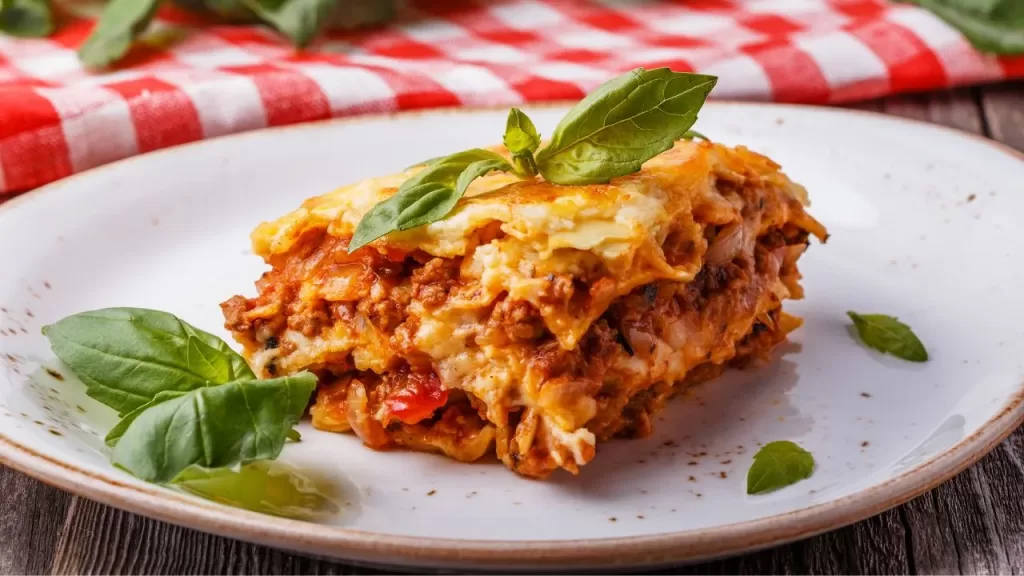
Storage
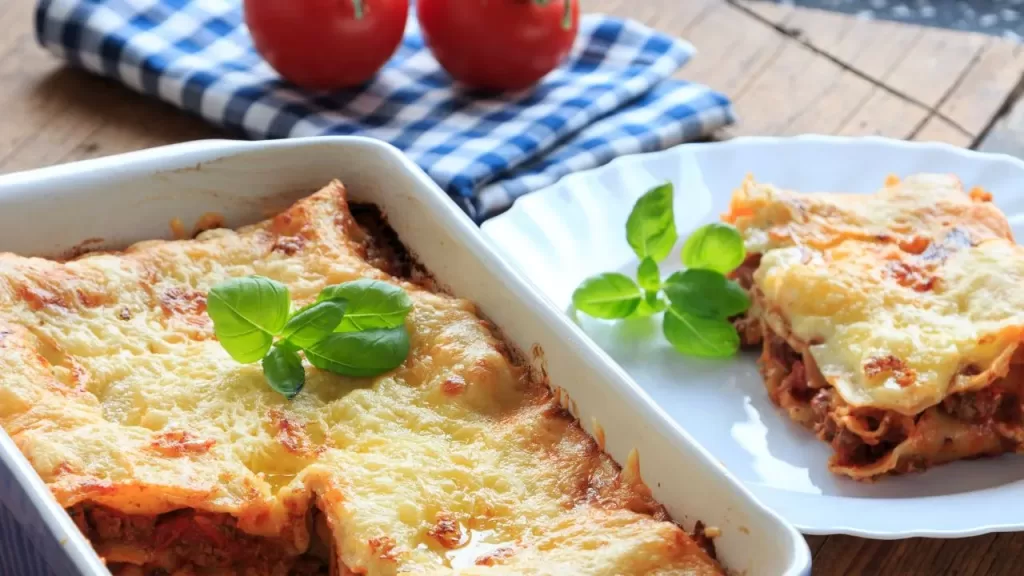
When Is Lasagna Made In Italy?
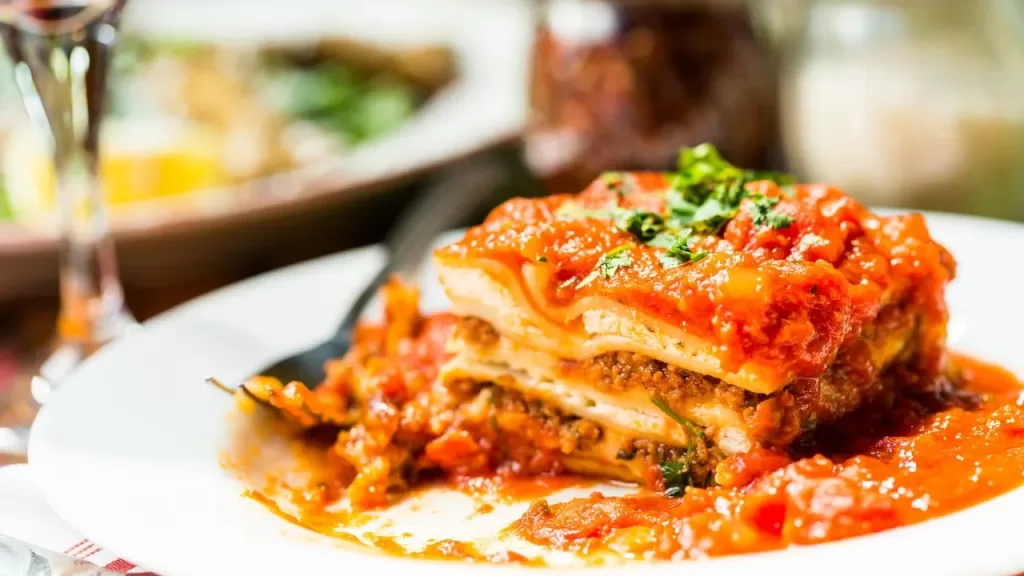
It's Always A Good Time To Make Lasagna


Dreaming of Moving to Italy?🇮🇹 - Get this FREE podcast & be INSPIRED by someone who moved from New York to Italy in 2020!
*By signing up for this Podcast you’ll also be joining our mailing list through which we will keep you up to date on all things Italian! We never sell your information and you can easily unsubscribe at any time.
Share This Post
Author Info:

Nathan Heinrich
Nathan is a writer, designer & horticulturist. He is the founder and Editor-in-Chief of "All Roads Lead to Italy" Magazine & host of the Top-10 Travel Podcast, "I'm Moving To Italy!". Nathan was born and raised in a 6th generation farming family in Northern California, he is currently, a dual Italian citizen, living in the Prosecco Valley of Northern Italy, near Venice.
